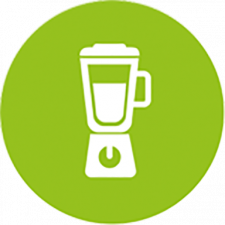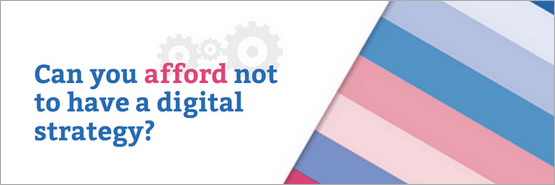When you sit down to plan your approach to digital marketing – the kinds of channels, how you are going to distribute budget and time, etc – one of the first questions you might ask is “what are the types of digital marketing strategy I could use?”
In this article, I’ll look at two distinct types of digital marketing strategies, and then a third option that is our preferred methodology here at Coast Digital.
Caveat 1 – Don’t be prescriptive
Before we dig into the strategic approaches themselves, there’s an important caveat to bear in mind.
Even if you have a strong inclination toward one type of strategy or another, it’s absolutely vital that you don’t become fixed on that strategy – no matter what. As the common saying goes, no battle plan survives first contact with the enemy.
What that means for your digital marketing strategy is that you need to be fluid. Adapt to the data you’re seeing, move budget and resources around so that you make more of the channels that are driving the best results and don’t keep investing in something that isn’t delivering.
That’s one of the biggest advantages of digital – you have the ability to be agile. Don’t let your attachment to one particular type of digital strategy hinder that.
Inbound – or content led

Inbound is a popular approach to digital – you might also have heard it called a pull strategy. Inbound is based on the idea of drawing prospects to your website and then converting them into leads, rather than driving your brand, products or services out to those prospects.
From a channel perspective, the real focus of an inbound digital marketing strategy is SEO. Direct traffic – those people that type your URL straight into the browser – is also a consideration, but in reality the lion’s share of your opportunity rests in the organic search space.
The key to a successful inbound digital strategy is really the same as the key to a successful SEO strategy. Bringing it back round to another common saying: content is king. This moniker is perhaps even more important for inbound than other types of digital marketing strategy.
You need good content to draw users in, and then gated, premium content to convert those prospects that are higher up the funnel . Your whole website needs to work towards this goal, pulling relevant traffic in and then converting it at as high a rate as possible.
Driven – or paid media led

Conversely, this is an approach that you might also know as a push strategy.
Here, the focus is going out to the target audience – finding them wherever they might be. This type of digital marketing strategy takes full advantage of the myriad of advanced and extremely granular targeting methods that we now have access to.
Whoever your target audience may be, there is likely an efficient way to target and convert them with paid advertising. Between the possibilities that exist in the programmatic targeting space, the various social media networks, and paid search, there’s a huge breadth of ways to reach your audience – and an equally varied list of creative styles you can choose to show them.
A driven strategy like this may or may not have a central website that contains the broader offering – even if such an asset exists, it’s quite possible this kind of approach will use a separate set of assets.
Creating landing pages that are specifically tailored to convert the traffic you are driving is perhaps just as important as what channels you’ll be using to target your prospects.
Caveat 2 – Nothing is free
A quick interlude – there’s a common tendency to think of organic traffic (and therefore the majority of the traffic an inbound model pulls in) as free traffic.
While it’s true that you aren’t paying for the individual clicks themselves, it’s important to remember the quality content you’ll need to create will sit at the centre of that type of strategy. This takes time and resource, which means it needs budget assigned to it.
That’s an important distinction, because it moves the argument away from free vs paid. Instead, it’s a conversation about how you spend that budget.
A blended approach

While there’s a clear distinction that can be made between these two types of digital marketing strategy, our preferred approach is to blend the two.
There are a number of advantages to this. The first is that with strong inbound website and a wide range of paid media activity, you’ll have the most consistent exposure to your target audience, not to mention the widest reach.
There are benefits beyond reach as well. When you have a wide-ranging advertising campaign, you will very likely see some of the benefits through other channels. For example, making more prospects aware of your brand results in more brand searches to be captured by your organic content.
The key is finding the sweet spot between these two types of digital marketing strategy, so that you blend them in a way that gets you the optimal return for your budget. Where that line sits will depend upon your offering, your budget and your target audience – but approaching your strategy in a way that allows a flexible split between all of these channels will give you the best chance of finding that optimal situation.
Find out more
Want to know more about formulating your digital marketing strategy? Download our free guide – Can you afford not to have a digital strategy?

